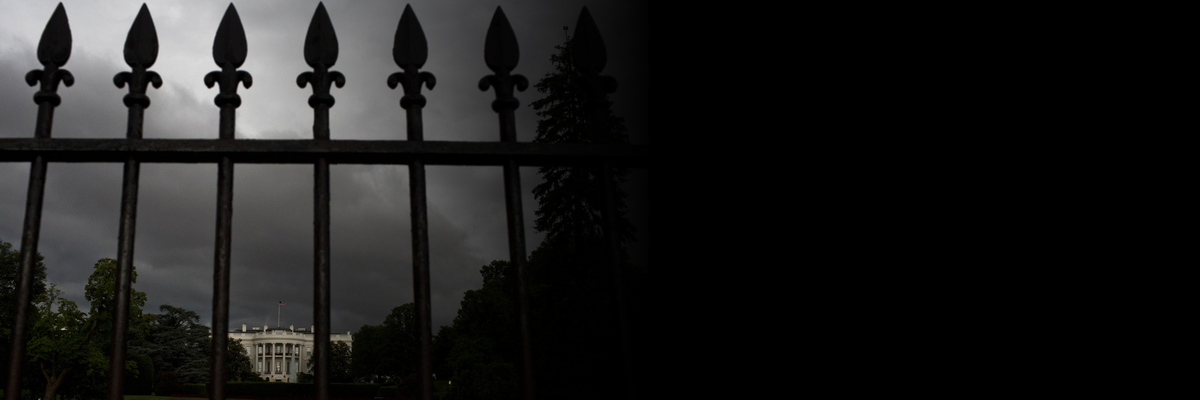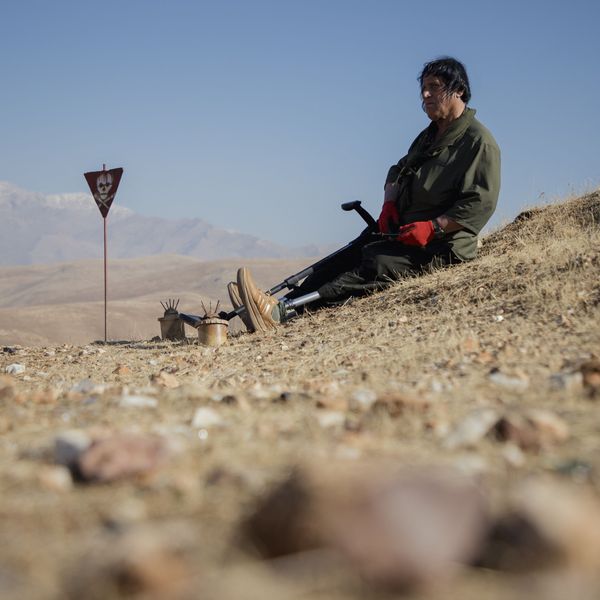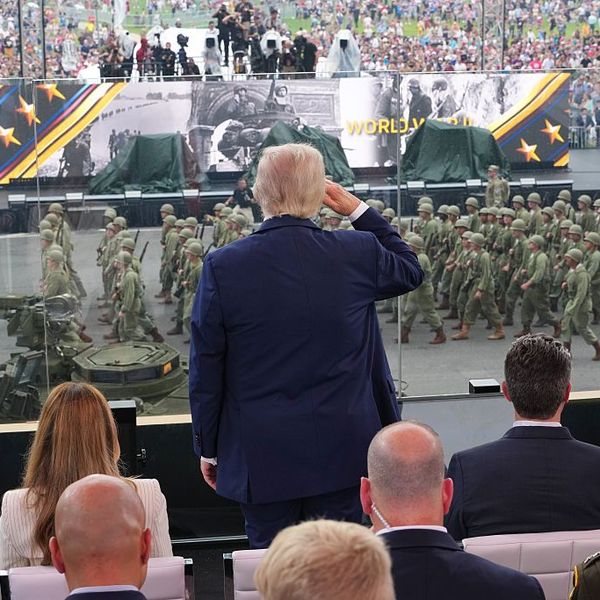On March 16, 1968, platoons from the army's Charlie and Bravo companies began an assault on the village of Son My and particularly the hamlet of My Lai in South Vietnam. Without encountering a single act of resistance from Viet Cong guerrillas, the American soldiers brutally killed roughly 504 Vietnamese civilians, including pregnant women and 210 children under the age of 13, among them, babies. Women were brutalized and gang raped and the village was burned to the ground. Lieutenant William Calley ordered his men to herd village residents into a ditch and left them with the order, "You know what I want you to do with them." Confused, the men failed to act until Calley returned and told them to "waste them," opening fire himself. The soldiers obeyed.
The massacre produced heroic actions by a few American soldiers, most notably Hugh Thompson. From his reconnaissance helicopter, Thompson and his crew were alarmed by what they saw happening on the ground. Landing the helicopter, Thompson stood between American soldiers and a group of villagers they had rounded up. Ordering his crew to open fire on the Americans if they began shooting the villagers, Thompson rescued the Vietnamese civilians.
Army brass rebuffed complaints Thompson filed. The military's official version of the incident, published in several American newspapers, was that the Americans had killed 128 enemy soldiers.
However, one helicopter gunner named Ron Ridenhour began to hear about the massacre back in base camp. After cautiously gathering information while still in Vietnam, Ridenhour wrote letters detailing the massacre to 30 government and military officials. Most were never answered, but Ridenhour's Congressman, Morris Udall, followed up by urging a formal military inquiry. The secret investigation of Lieutenant Calley's role led to his arrest for premeditated murder.
Tipped off about the investigation in late October 1969, investigative reporter Seymour Hersh interviewed Calley, Ridenhour and several soldiers who had been at My Lai. Hersh's widely published stories along with army photographer Ron Haeberle's photos horrified millions at a time when the antiwar movement was at a peak and a majority of Americans believed the war to be a mistake. Still, from that point forward media coverage was dominated by Calley's trial and eventual conviction in 1971. Many on the left maintained that Calley was being scapegoated to protect the military chain of command, while many on the right attacked the mass media or hailed Calley as a hero and flooded the Nixon White House with demands for his release. Calley served only three and a half years of his initial life sentence, most of it in his own quarters.
Military brass quickly distinguished between the "isolated incident" of "murder" at My Lai and normal conduct of the war in Vietnam. However, many veterans came forward to acknowledge that the killing of large numbers of civilians was a routine part of the American war. As the Vietnam Veterans Against the War put it at their Winter Soldier Hearings, "My Lai was not an isolated incident," but "only a minor step beyond the standard official United States policy in Vietnam."
Indeed the destruction and poisoning of the Vietnam countryside and slaughter of the Vietnamese people is the most appalling feature of the American war. By best estimates, more than 2 million Vietnamese civilians were killed in the war and more than an additional 2 million were wounded. In addition to ground search and destroy missions, the United States dropped on Vietnam 1.5 times the tonnage of bombs the Allies dropped in all of World War II, along with 20 million gallons of Agent Orange and other poisonous herbicides, and an estimated 400,000 tons of napalm.
As we know, American ground units in particular suffered greatly, as well. 58,000 soldiers were killed, about 300,000 were wounded (21,000 permanently disabled) and 830,000 have had to struggle with Post-Traumatic Stress Disorder, as did many involved in the My Lai killings.
Vietnam remembers My Lai with the Son My Vestige Site, a somber museum and green space where photographs, sculptures, mass grave sites, villagers' relics, and foundations of 18 destroyed homes are on display.
If the Vietnamese remember My Lai this way, how might My Lai be relevant to the United States today? While it is horrifying that American soldiers responded to what they perceived as orders to "kill everything in the village" by doing just that, what of the morality of killing or maiming civilians as a routine function of warfare?
Historically, World War II was the difference maker. About 15% of World War I casualties were civilians; most of the time soldiers simply slaughtered each other across "no man's land." By the end of World War II, however, with vast "improvements" in weaponry and air power, 65% of all victims were civilians, according to the landmark 1996 United Nations report; by the 1990s more than 90% of war casualties were civilians. The carnage of World War II prompted the participants to establish the Geneva Conventions, protecting civilians from "violence to life and person, in particular murder of all kinds, mutilation, cruel treatment and torture," as well as "outrages upon personal dignity, in particular humiliating and degrading treatment."
So does this mean for American wars or quasi-covert wars and military strikes in Central America, Iraq, Afghanistan, Pakistan, Libya, and Yemen which have produced hundreds of thousands of innocent civilian casualties? Are not these war crimes according to the Geneva Conventions? And what of the government's repeated efforts to hide these casualties from us, and the mass media's complicity in this? Not only do American military attacks in the Middle East help to produce the spreading threat of blowback against Americans, but American soldiers continue to suffer from profound physical and emotional damage. A contemporary term for the latter is "moral injury," particularly relevant in wars where little distinction can be (or is) made between enemy fighters and civilians.
Is not this country suffering from moral injury? Isn't it time we had a full and open reckoning with this history?



